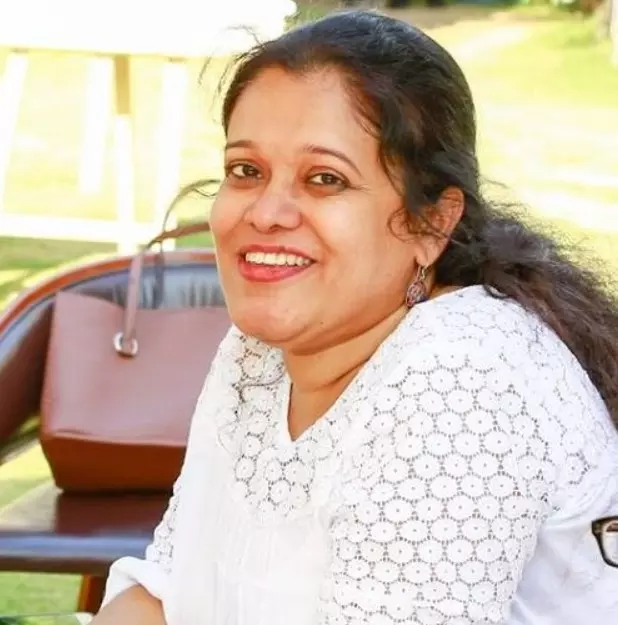Live
- STEM hiring to rise by 15-20 pc by 2027: Report
- UK Regulator Accuses Apple and Google of Stifling Mobile Browser Competition
- Tamil Nadu CM Stalin Invites Telangana CM Revanth Reddy for Meeting on Delimitation Impact
- Essential career tips for freshers
- Tips to avoid unnecessary mistakes while studying abroad
- Holi Festival: Liquor Outlets to Remain Closed for Holi in Hyderabad
- iQoo launches Neo 10R model
- Hyderabad: Woman Alleges Caste-Based Harassment by Roommates in Shaikpet
- Markets end on flat note
- Nifty Metal index falls after US tariffs

Duryodhanization Are Villains Born, Made, or Made up the title of the new book by Nishant Uppal, an Associate Professor with IIM, Lucknow brings together the concepts of sociology, social anthropology, psychology, history and literature together to build an argument on what a villain is and how we perceive people as good and bad H
‘Duryodhanization: Are Villains Born, Made, or Made up’ – the title of the new book by Nishant Uppal, an Associate Professor with IIM, Lucknow brings together the concepts of sociology, social anthropology, psychology, history and literature together to build an argument on what a villain is and how we perceive people as good and bad. He says this in the context of world politics, behavioural aspects of a human being, and the influences that in many cases may have been deliberate attempts to change the way people think and perceive.
He brings in the examples of the US demonising Iraq in order to fight a war, the concept of dark ages and how they could be a product of deliberately built perception and the causes for the same – that may be genetic, or personality development related. He refers to the scholars in the field of personality and individual differences who say that ‘no subject is completely negative or positive in its effects over other subjects’.
And in right proportions, both the positive and negative characteristics will add a positive influence on the person. In addition, the author who uses modern-day research techniques for his analysis explores the cause behind a person developing villainous disposition and, in the process, draws parallels with mythology (Mahabharata), the modern-day organisations, management and leadership.
As Nishant goes forward putting together his analysis, page by page, he also goes to great lengths to explain the scientific concepts for the uninitiated reader. You get to read about the theories that explain deliberate ignorance of the truth, the established traits that represent negativity like Machiavellianism, narcissism, psychopathy. What begins as a personality assessment of the members of the Kuru family from Mahabharat goes on to throw light on new and varied approach to the characters based on various works of literature.
The strong woman Satyavati is eventually blinded by her ambition and greed takes over, Shantanu, on the other hand, the author says, displays negative traits in putting his desire for Ganga before that of his kingdom, lets Ganga drown his sons, does injustice to Bhishma by acceding to his second wife Satyavati’s wishes. Interestingly, he deliberates over the possibility of the quality of married life having an influence over the children – a much popular stream of thought explored extensively while discussing modern day families and the impact thereof on the children.
Similarly, the characters of Gandhari and Dhritarashtra, Kunti, and Draupadi are discussed before Duryodhana by whom the book gets its name is analysed in an elaborate fashion. In doing so, the author tries to conclude what makes a villain.
The book is surely different/interesting to read. However, the many concepts and deviations make for a wee bit of a tedious read, though necessary. Eventually one wonders if the author is generalising on the vast humanity based on a few characters lending themselves to the conclusion; well, he himself seems to think so. Yet, one could call this genesis of a new phenomenon in behavioural science – Duryodhanisation.

© 2025 Hyderabad Media House Limited/The Hans India. All rights reserved. Powered by hocalwire.com







